
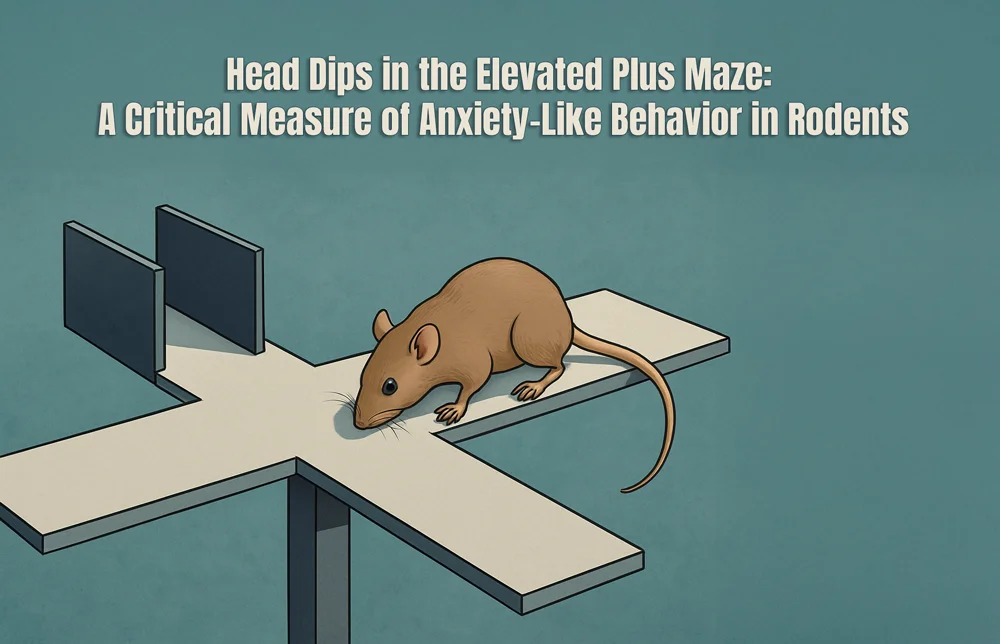
In the study of animal behavior, especially when investigating anxiety-like responses, the Elevated Plus Maze (EPM) remains a gold standard. The maze allows for the exploration of rodents’ tendency to avoid open, elevated spaces, and one of the subtle yet informative behavioral measures that researchers rely on in this context is the head dip. This seemingly simple behavior provides a window into the animal’s emotional state and its risk assessment in a novel environment.
This article explores the concept of head dips, their importance in the EPM, and how they can be categorized into two distinct types: protected and unprotected head dips. We will also discuss the physiological and behavioral significance of these behaviors, how to measure them accurately, and their use in various research contexts.
A head dip occurs when a rodent partially enters one of the arms of the Elevated Plus Maze, but stops short of fully entering. Instead, the animal dips its head into the arm, often peering around or assessing its surroundings, before retreating to the more protected center or closed arms of the maze. This behavior is considered a type of exploratory response that gives us insight into how the rodent perceives its environment—specifically how it manages the inherent anxiety associated with navigating unfamiliar, risky spaces.
Head dips are typically classified into two categories: protected and unprotected head dips. The differentiation between these types of dips provides important nuances in understanding the rodent’s behavior and anxiety levels.
Both types of head dips serve as indicators of how the animal is weighing the risk-reward balance of exploration. The number of head dips, particularly unprotected head dips, is often used as a proxy for anxiety in various experimental paradigms.
In the context of anxiety research, the EPM is a conflict-based test that places animals in a situation where they must balance exploration (a natural behavior) with the avoidance of perceived threats (exposure in open arms). Rodents innately avoid the open arms due to a fear of predation. However, their exploratory nature drives them to venture into these areas, creating a conflict that researchers can use to infer anxiety-like behavior.
Head dips, particularly those made in the unprotected open arms, are indicative of the rodent’s internal conflict between exploration and the fear of vulnerability. The frequency and nature of these head dips can therefore help researchers assess how anxiety impacts behavior in a controlled setting.
Head dips serve as a fine-grained behavioral measure in EPM studies. While time spent in open arms and number of entries provide valuable data about an animal’s general exploration tendency, head dips provide insight into the level of cautiousness or wariness exhibited during exploration.
The occurrence of protected head dips often suggests increased caution, while unprotected head dips are indicative of the animal’s willingness to take risks in the face of anxiety. These behaviors are most useful when analyzed alongside other metrics, such as time spent in open arms or number of entries into open arms, to form a comprehensive assessment of anxiety-like behavior.
The categorization of head dips into protected and unprotected is critical for several reasons:
To accurately quantify head dips, researchers must follow certain guidelines to ensure consistency and reliability in their findings:
The measurement of head dips is applied across a variety of research fields, including:
Pharmacological Studies:
Head dips can be used to assess the effects of anxiolytic (anxiety-reducing) or anxiogenic (anxiety-inducing) drugs. A drug that reduces anxiety might increase the number of unprotected head dips, reflecting the animal’s reduced fear of open spaces.
Genetic Research:
Genetic mutations that affect anxiety can lead to altered head dip patterns. For example, transgenic models with alterations in serotonin or gamma-aminobutyric acid (GABA) signaling might show different head dip behaviors, providing insights into the molecular basis of anxiety.
Neurobiological Studies:
Neurochemical treatments or brain lesions can be studied through their impact on head dip behavior. For instance, alterations in brain areas like the amygdala, which are involved in fear processing, can manifest as increased or decreased unprotected head dips.
Environmental Studies:
Chronic stress or changes in the animal’s environment (such as maternal separation) may lead to altered head dip behaviors, providing insight into how environmental factors shape anxiety responses.
While head dips are an insightful metric, they have some limitations:
Head dips in the Elevated Plus Maze are more than just a simple behavioral measure. They provide valuable insight into the anxiety-like behaviors of rodents, offering researchers a deeper understanding of the animal’s emotional state and decision-making processes. By categorizing head dips into protected and unprotected, researchers can further refine their understanding of the risk-reward balance that governs exploration in anxious animals.
Whether used in pharmacological, genetic, or environmental research, head dips remain an important and versatile tool for assessing anxiety. By interpreting head dips alongside other behavioral metrics like time spent in open arms and number of entries, scientists can gain a more comprehensive understanding of how anxiety manifests in rodents and how it can be modulated.


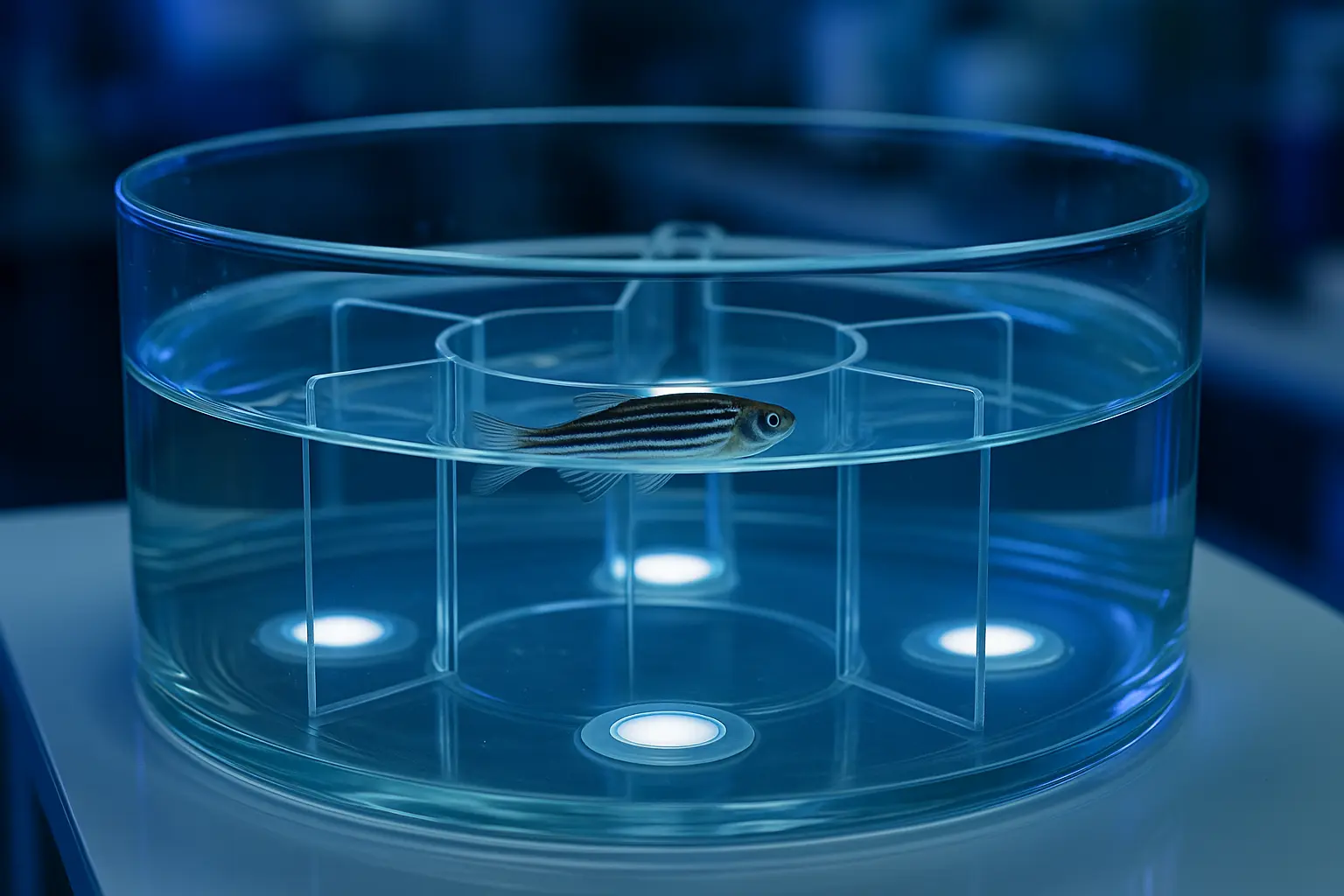
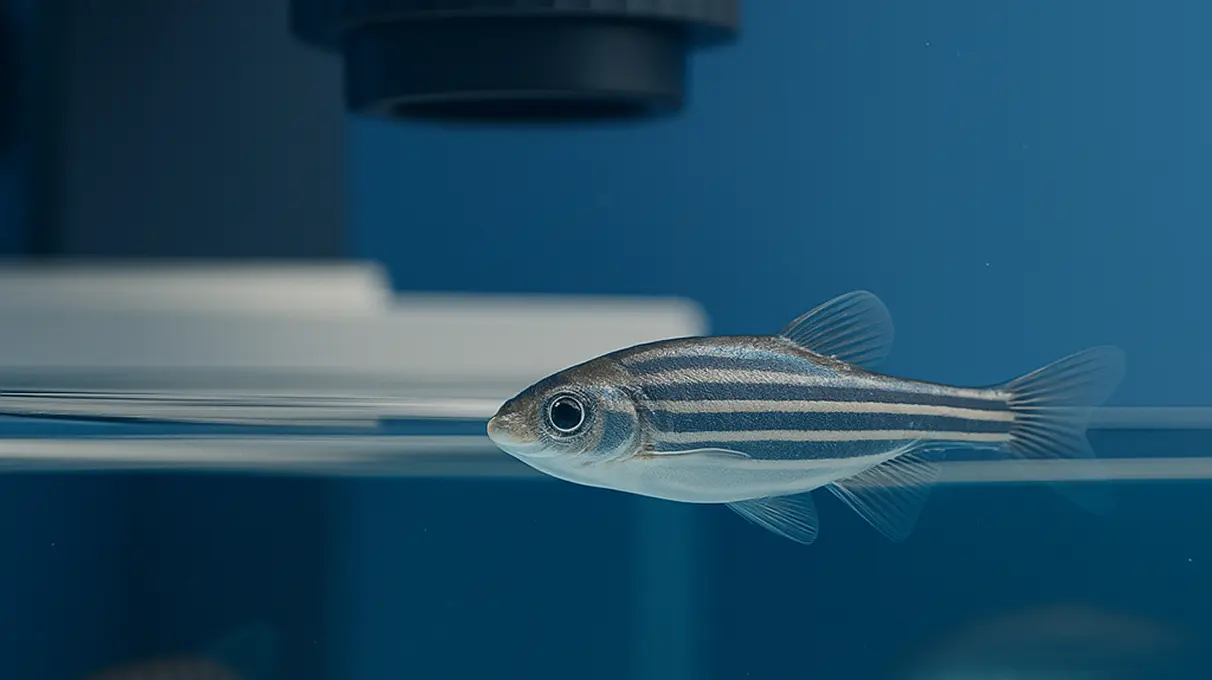


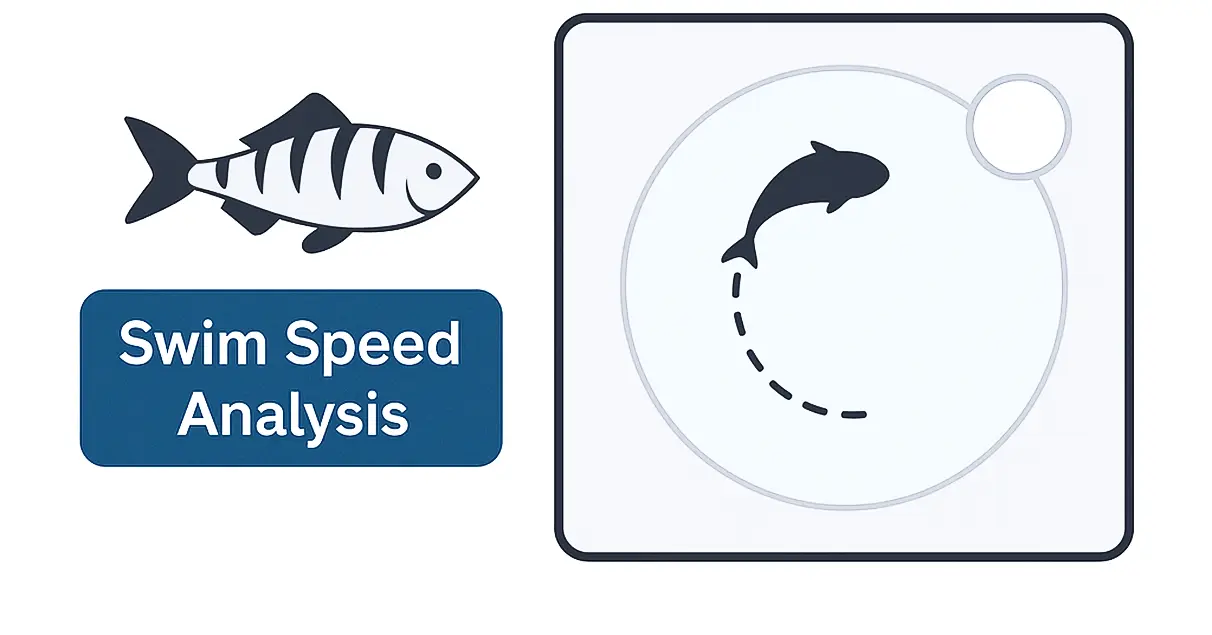

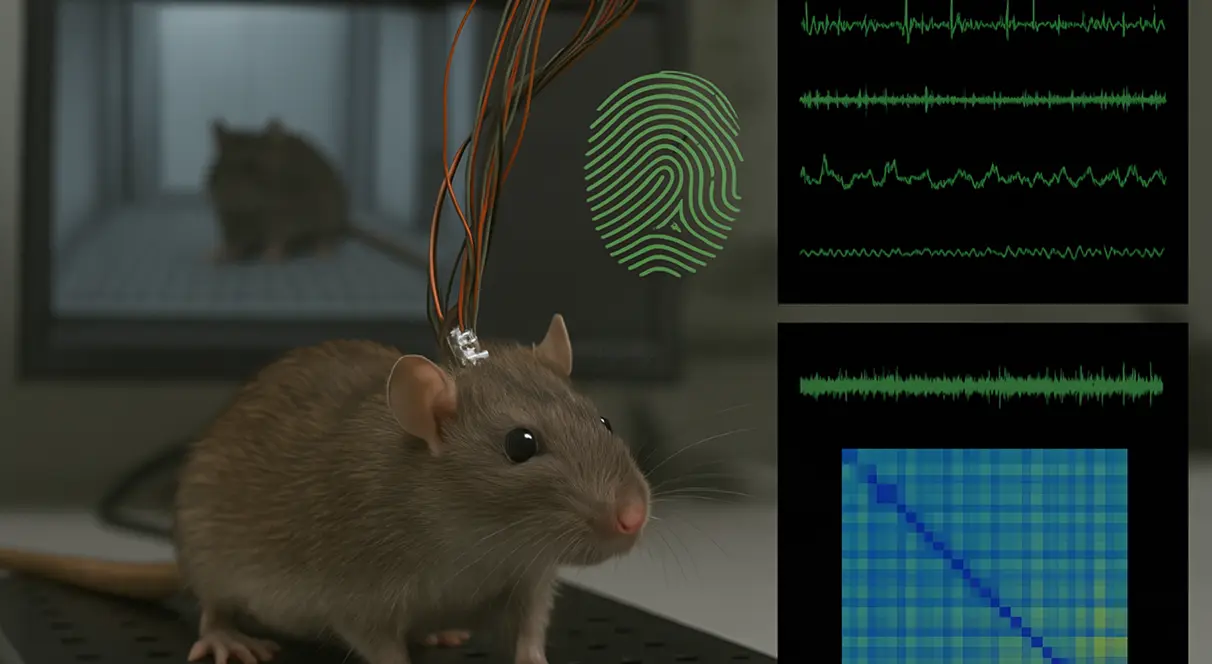


Dr Louise Corscadden acts as Conduct Science’s Director of Science and Development and Academic Technology Transfer. Her background is in genetics, microbiology, neuroscience, and climate chemistry.
